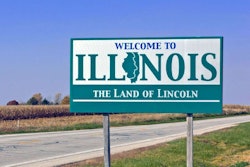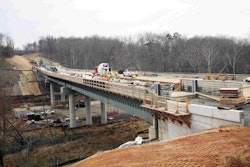
The report focuses on how operational improvements and strategies can help address growing congestion while improving reliability.
The report includes the following congestion facts for the 52 metropolitan areas:
- From 2015 to 2016, the measures of congestion at the national level were mixed and generally flat — 3 minute increase in congested hours; 1 point increase for Travel Time Index; but 3 point decrease in Planning Time Index measure.
- Ten of the metropolitan areas improved in all three of the calculated measures.
- Eleven of the metropolitan areas deteriorated in all three congestion measures in 2016 compared to 2015 values.
- The time penalty for an average day’s trip increased or remained the same in 39 of the metropolitan areas.
- Travel time on the worst day decreased or remained unchanged in 35 of the metropolitan areas.
The National Performance Management Research Data Set (NPMRDS) was used to calculate congestion and reliability metrics for the report. The data set includes actual, observed travel times on the National Highway System (NHS), which is available for State departments of transportation (DOTs) and metropolitan planning organizations (MPOs) to use for performance management activities. The report also offers examples of the ways States and local agencies have implemented effective operations and measured the impacts on congestion, and it discusses the capability maturity model as it applies to Operations Performance Management.









